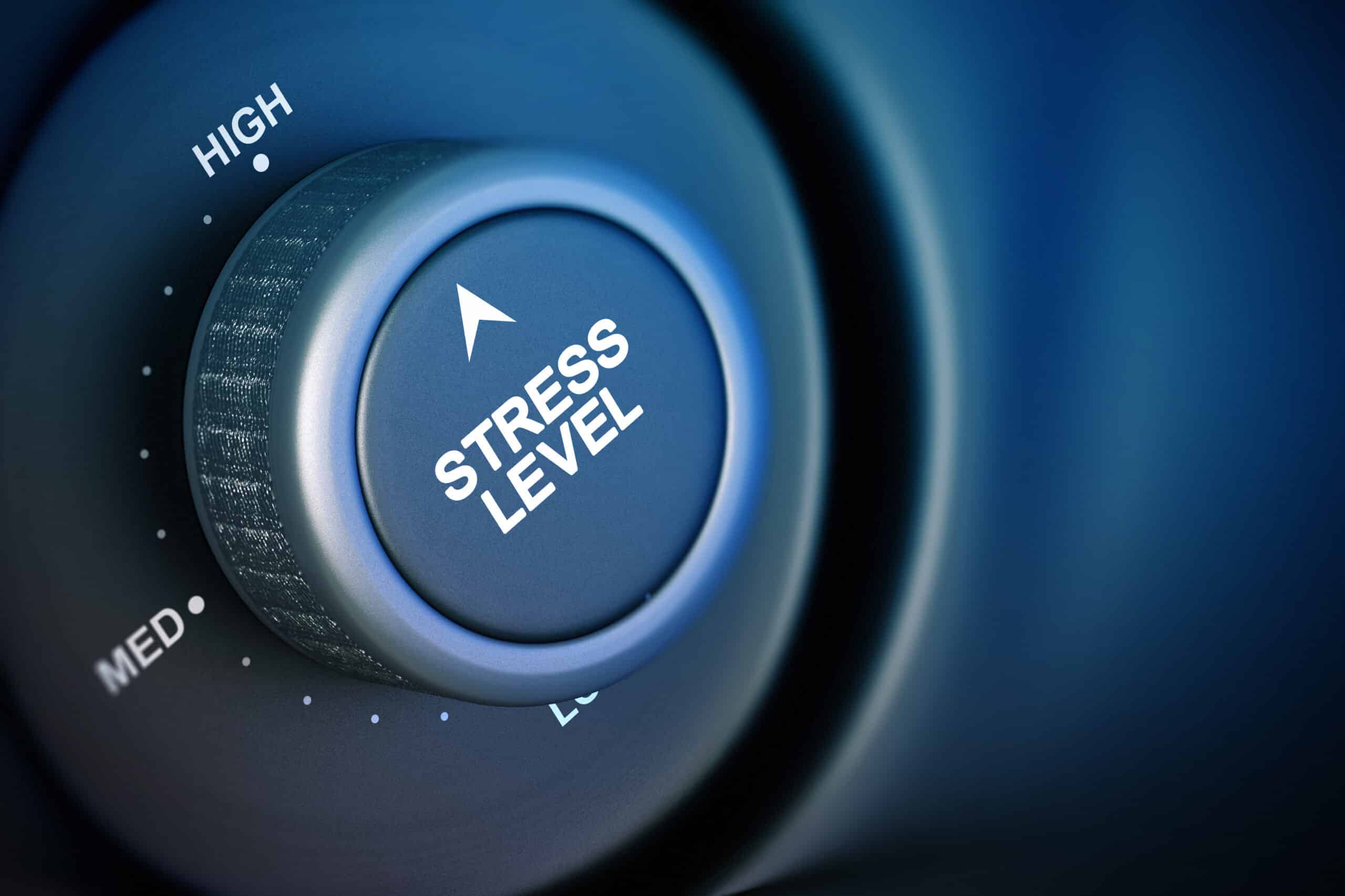University of Cincinnati scientists have developed a test to measure common stress hormones using sweat, blood, urine or saliva that they hope to eventually turn into an at home device patients can use to monitor their health, understanding how stress affects you could be valuable.
“I wanted something that’s simple and easy to interpret. This may not give you all the information, but it tells you whether you need a professional who can take over. It measures not just one biomarker but multiple biomarkers. And it can be applied to different bodily fluids. That’s what’s unique.” says Andrew Steckl, professor of electrical engineering at U of C’s College of Engineering and Applied Science.
“You’re not going to replace a full-panel laboratory blood test. That’s not the intent. But if you’re able to do the test at home because you’re not feeling well and want to know where you stand, this will tell whether your condition has changed a little or a lot.”
“Stress harms us in so many ways. And it sneaks up on you. You don’t know how devastating a short or long duration of stress can be.So many physical ailments such as diabetes, high blood pressure and neurological or psychological disorders are attributed to stress the patient has gone through. That’s what interested me.This test has the potential to make a strong commercial device. It would be great to see the research go in that direction” says Prajokta Ray, first author.
U of C received grant funding for this study from the National Science Foundation and the US Air Force Research Lab. The military studies acute stress in those who push the limits of human performance, such as pilots who are under enormous stress during missions. As such ground controllers need to know when pilots are reaching the end of their ability to control a mission properly to pull them out before a bad ending occurs.
Stress hormones are found within blood, urine, saliva, or sweat in different quantities; the device uses ultraviolet light to measure stress hormones in a drop of any of these fluids.The device has widespread applications, which the lab is pursuing according to Steckl




